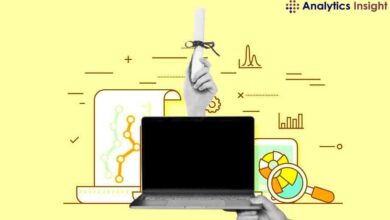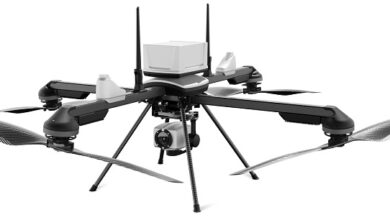Charity Digital – Topics – A guide to data journeys

We use data every day, in both our work and personal life, and the amount of data generated globally each day is staggering. According to Big Data Analytics News, around 2.5 quintillion bytes worth of data are generated daily and the volume of data created worldwide is expected to reach 181 zettabytes by the end of 2025. How big is a zettabyte? One zettabyte is equal to a trillion gigabytes. That’s huge.
And of course, all that data comes with responsibility. How you collect, store, clean, analyse, and use data is so important. It’s essential you comply with any laws and governance around data. In the UK, ensure you are GDPR compliant. GDPR.ue has a very useful checklist to help you make sure that you are on the right side of the law when it comes to collecting, storing, processing, using, sharing, protecting, and retaining data.
What is a data journey?
A data journey is simply the key stages in a data process – usually from data gathering or collection to data use. A data journey is not necessarily a linear journey as you may not need all of the stages to get to your goal.
Why are data journeys important for charities?
Over the last two years, Deniz Hassan, Director of Digital at Astarita Aldrich & Ward (AAW) and Strategic Digital Advisor at the World Food Programme, has reviewed charities of all sizes. From huge international household names to smaller local charities, he found one thing common across all of them: “No clearly defined data strategy exists, and for me, our data immaturity is a fundamental problem within our sector.”
In Deniz’s experience, the way data is managed at charities is often fragmented and a bit muddled. It’s simply seen as a CRM, an analytics platform, or a spreadsheet. The bigger picture is not considered. “Today, data architecture and data strategy should be seen as a core enabler across everything we do in our organisations, and your data journey is the way you’ll get there.”
“By prioritising your data journey and better architecting your ecosystem, your charity will progressively build its capacity to collect, store, analyse, and leverage data. This in turn will mean that you’ll make more informed, strategic decisions that amplify your charity’s impact. You’ll run programmes with reduced risk and greater efficiency, and you’ll raise money more effectively from happier supporters whose needs are better met.”
The key stages in the data journey
There is not one definitive guide to the key stages in a data journey. The one set out in this article is taken from Statistics Canada as it represents the stages in a way that’s simple and easy to understand.
Stage 1: Define, find, and gather
The first stage is about defining the question you need to answer and then finding and gathering the data that will answer that question. This stage can also be about understanding what data is missing and how to find the data you will need to fill that gap.
For example, you may need to create a survey, request help from another team who may have the data you need, or you may need to do some research.
Stage 2: Explore and clean
Once you have the data that you need to answer your question, it’s time to explore that data. Before you do that, however, you may need to clean the data. According to visual analytics platform Tableau, this means ‘fixing or removing incorrect, corrupted, incorrectly formatted, duplicate, or incomplete data within a dataset.’
It’s imperative that the data is accurate and formatted in a way that you can make sense of. For example, can you filter it by certain criteria or can you look at it in a visual way, such as a pie chart.
Stage 3: Analyse and model
Once you’ve explored and cleaned the data (if necessary), it’s time to analyse the data. By diving into the data, you’ll gain useful insights which should help you make informed decisions or support a theory.
You may want to model the data so that it’s easier to understand. This is when you create a visual representation of the data. This could include using text, diagrams, or symbols. Modelling data can be useful if you need to present your findings to colleagues as it helps turn statistical data into meaningful insights.
Stage 4: Tell the story
Now that you have the answer to your question, how will you tell that story? It could be in the form of a presentation for senior leaders, an infographic, a research report or blog post. For charities this can be a powerful way to really show your impact, or to highlight a real need.



